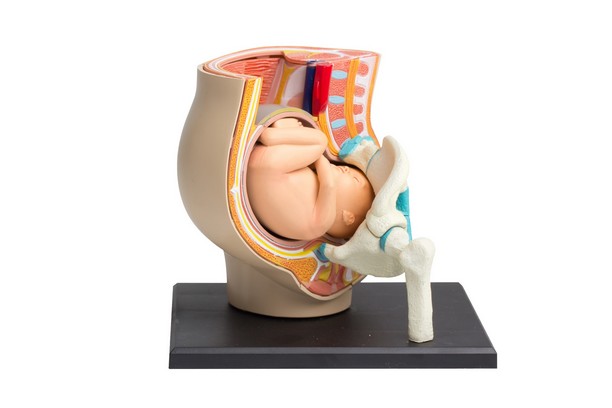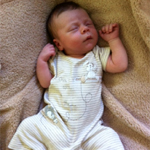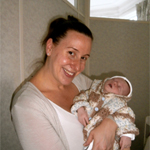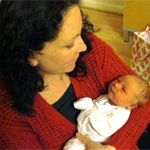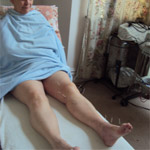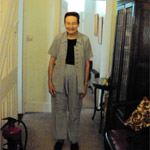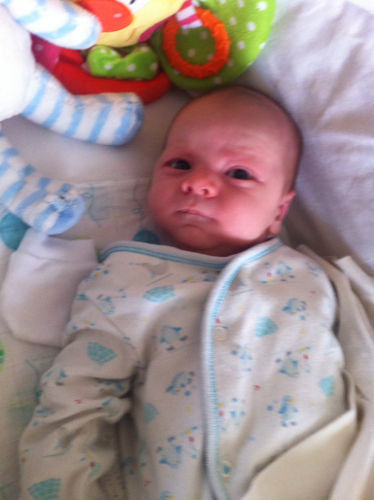How to beat pelvic pain in pregnancy
Few would deny that pregnancy and childbirth is an utterly unique and powerful experience. It’s also a process that places huge demands on the mother’s body which, by the time the baby is born, could be carrying an extra 20 lb of baby, fluid and placenta!
Under the circumstances, aches and pains in pregnancy are, of course, very common. But did you know that 1 in 5 mothers-to-be develop pelvic girdle pain (or PGP)?
What is PGP and what causes it?
Time for a quick anatomy lesson. The pelvis area lies between the stomach and the top of the thighs. The main section, the bony pelvis aka the pelvic girdle, is shaped like a bowl and comprises four bones, including two hip bones at either side, the triangular sacrum at the back and the coccyx (tailbone) beneath.
These are connected by four joints, including two sacroiliac joints, that sit between each hip joint and the sacrum. The pelvic girdle has the important job of supporting and balancing the upper body while the space within it – the pelvic cavity – contains and protects the bladder, intestines, reproductive organs and rectum. There is also a gap in the middle through which babies pass when they are born. Beneath the pelvic cavity is the pelvic floor, a ring of muscles that control the movement of both rectum and bladder.
PGP is a collection of potentially painful symptoms caused by a combination of factors. The weight of the growing baby can cause changes to posture, leading to stiffness or instability within the pelvic joints. Lax ligaments arising from the production of relaxing, a ligament-softening hormone enabling the baby to pass through the pelvis during the birth, can also play a role.
Symptoms of PGP
Pelvic pain can begin at any time during pregnancy. But its type and location can vary between women, causing general aching or shooting pains down the backs of the legs. That’s why PGP can be confused with sciatica. The main symptom is pain, clicking or grinding that may worsen when walking, going up and down stairs, turning over in bed, getting in and out of a car, in:
- one or both sides of your lower back
- your hips
- the pubic bone
- the front or back of your thigh/back of your lower leg
- the area between your vagina and anus (perineum)
- your groin
- the sacroiliac joints
Treating PGP
Untreated PGP pain will not magically clear up on its own. In fact, it will get worse. So do seek help as soon as you start experiencing symptoms. Fortunately, PGP won’t harm the baby, doesn’t prevent you from having a vaginal delivery and usually clears up soon after giving birth.
During an appointment, I will take a detailed history of your symptoms and examine you carefully. If appropriate, I will use osteopathy to gently manipulate and loosen up your back, pelvis and hips, and/or acupuncture to reduce pain.
We’ll also discuss simple lifestyle changes and exercises to improve strength and stability. It’s important that your midwife/GP knows that you have PGP so they can help plan the delivery that best suits you as a PGP sufferer.
You can also help yourself:
- Limit activities that cause pain or destabilise your pelvis. That means not bending and twisting, crossing legs, standing on one leg, standing or sitting for long periods, lifting heavy weights or pushing heavy objects (such as a supermarket trolley, children’s buggy or vacuum).
- Rest, asking your partner, family and friends to help with household chores and looking after young children.
- Take stairs one at a time.
- Sleep on your side with legs bent and a pillow between them. Keep your knees together and squeeze your buttocks when turning over. Be careful, too, how you get out of bed.
- Wear supportive, flat shoes.
- Sit down to get dressed and keep your legs together when getting in and out of the car.
- Do pelvic floor exercises to counter the risk of stress incontinence (leaking urine when you sneeze or exercise). This occurs if the muscles at the base of the pelvis become slack thanks to the pressure of the growing baby and relaxed ligaments. Try eight or ten pelvic floor squeezes, three times daily.
- If something hurts, stop doing it immediately!
Please don’t suffer in silence!
I am here to help. Click here to book an appointment or to talk through your symptoms in more detail.

